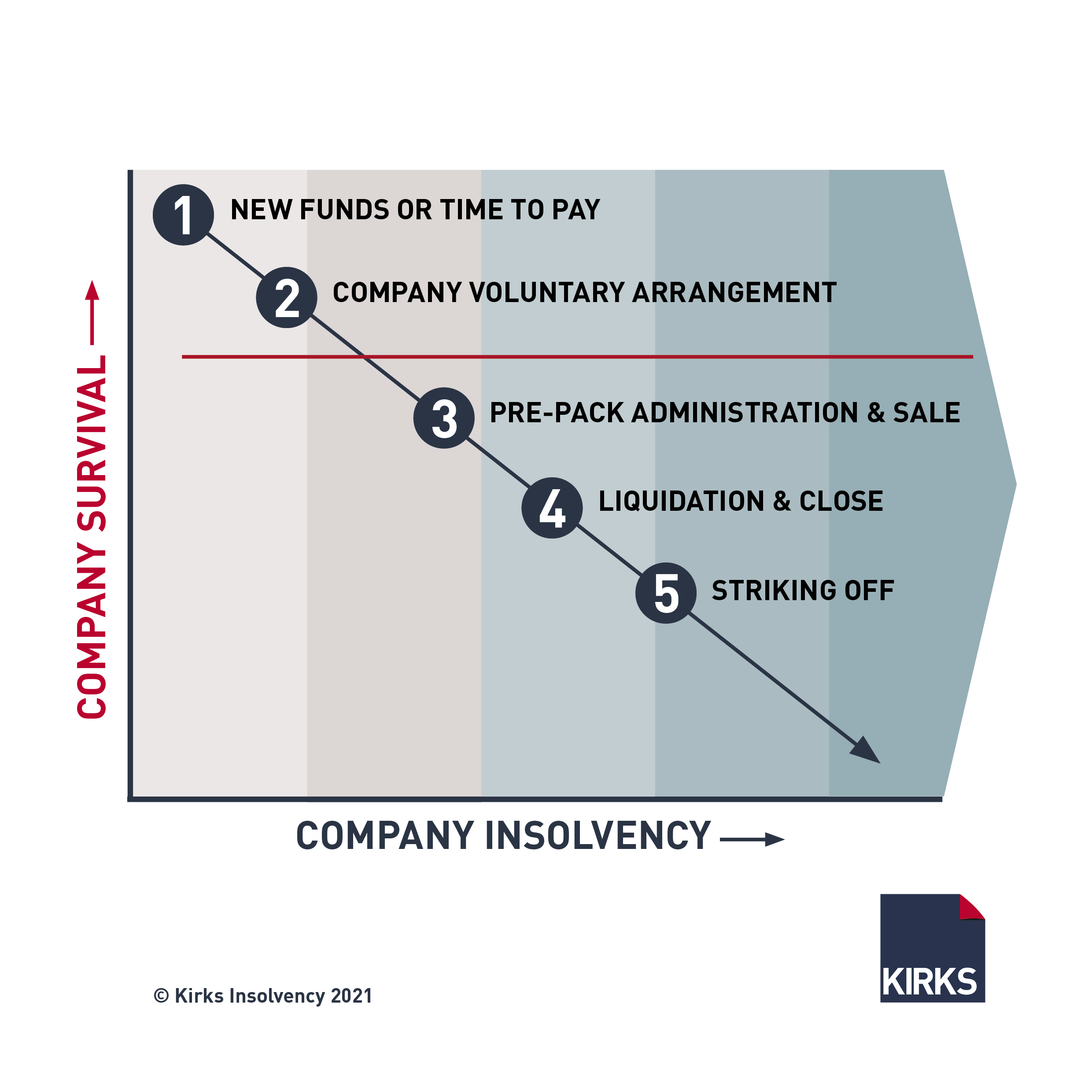Insolvency Practitioner Things To Know Before You Buy
Insolvency Practitioner Things To Know Before You Buy
Blog Article
The Facts About Insolvency Practitioner Uncovered
Table of ContentsOur Insolvency Practitioner IdeasWhat Does Insolvency Practitioner Do?Insolvency Practitioner Fundamentals ExplainedRumored Buzz on Insolvency PractitionerSee This Report about Insolvency PractitionerThe 9-Second Trick For Insolvency PractitionerSome Known Details About Insolvency Practitioner
Insurance policy is kept track of and managed by state insurance departments, and one of their main purposes is shielding insurance policy holders from the danger of a firm in monetary distress. When a business goes into a duration of monetary difficulty and is not able to meet its obligations, the insurance policy commissioner in the firm's home state initiates a processdictated by the regulations of the statewhereby initiatives are made to assist the business reclaim its financial ground.If it is established that the business can not be rehabilitated, the business is declared financially troubled, and the commissioner will ask the state court to order the liquidation of the company. The insurance coverage commissioner, either assigned by the governor or elected, heads the state insurance coverage department and screens and controls insurance activity within the state.
By getting control of a firm, the commissioner (or the insurance policy division) is, by law, the rehabilitator or liquidator of the firm. In this capability, the commissioner or department takes control of the firm's operations. Rather than do so directly, the commissioner might retain an unique deputy receiver to monitor the firm's tasks.
The Basic Principles Of Insolvency Practitioner
The receiver oversees a bookkeeping of the firm's assets and liabilities and provides the estate of the firm. In doing so, the receiver seeks to take full advantage of the firm's assets, move them to cash, and after that distribute that money to lenders having legitimate claims versus the insurance company based on payment priorities defined by state law (in all states, policyholders are top priority plaintiffs whose cases are paid before those of general creditors).
All insurance provider (with minimal exemptions) certified to offer life or medical insurance or annuities in a state must be participants of that state's warranty organization. The guaranty organization complies with the commissioner and the receiver in pre-liquidation planning. When the liquidation is ordered, the guaranty organization provides coverage to the company's insurance policy holders who are state locals (up to the levels specified by state lawssee below; any kind of benefit amounts over the warranty asociation benefit degrees become claims against the firm's continuing to be assets).
The above coverage degrees apply separately for each insolvent insurance provider. When an insurance company stops working and there is a shortfall of funds required to satisfy the commitments to insurance holders, state guaranty organizations are triggered. Guaranty organizations have subrogation civil liberties to an in proportion share of the assets continuing to be in the failed insurance company.
Insolvency Practitioner Fundamentals Explained

NOLHGA develops a task pressure of depictive guaranty associations to collaborate with the insurance coverage commissioner to develop a plan to secure policyholders. To learn more on NOLHGA's function in the process, see "What Is NOLHGA?" and "The Safeguard at the workplace." [Back]
You are below: Insolvency i was reading this is when a business or person can't pay financial obligations when they schedule. There are several choices offered to an insolvent company or person: ASIC regulates firms, it does not take care of personal bankruptcy treatments. For more details regarding personal bankruptcy and individual bankruptcy arrangements, see the Australian Financial Safety and security Authority site.
Things about Insolvency Practitioner
Predictive defense by assisting you choose the appropriate customers and the appropriate markets to prevent uncollectable loan to begin with, thanks to intense financial evaluation - Insolvency Practitioner. Extensive market knowledge, giving you with 360-degree presence on service sectors and putting in jeopardy problems. It would be a simplification to believe a trade credit report insurance policy begins and finishes with premiums and pay-outs
This can take place for a number of reasons, consisting of poor financial monitoring, unexpected expenses, or an adjustment on the market. If a firm is financially troubled, it might be forced to close down or market off assets to pay lenders. This can have a significant effect on the organization, employees, and investors.
Why does a firm enter into bankruptcy? There are a number of factors why a firm might get in right into bankruptcy.
Some Of Insolvency Practitioner
Other reasons for bankruptcy consist of fraudulence, mismanagement, and unexpected costs. When a business comes to be insolvent, its assets are used to pay off its debts. This can have a major impact on business, as it may no much longer be able to continue operating. Insolvency can also result in job losses and the closure of services.
This can have serious implications for the company, its stakeholders, creditors and the economy. The company might be forced to sell properties, gave up personnel and even fold. This can have a knock-on result on the neighborhood neighborhood and the economic climate all at once. Financial institutions might be left out of pocket and the firm's investors might see their investment disappear.
This can occur for a number of factors, including bad economic monitoring, unanticipated prices, or read here a change out there. If a firm is bankrupt, it may be forced to fold or offer off properties to pay creditors. This can have a major influence on business, staff members, and investors.
Some Of Insolvency Practitioner
Why does a company get in right into insolvency? There are a number of reasons why a firm may enter into bankruptcy.
Other reasons for insolvency consist of scams, mismanagement, and unexpected expenses. Insolvency Practitioner. When a company comes to be financially troubled, its properties are utilized to repay its debts. This can have a major effect on business, as it might no more be able to continue running. Bankruptcy can additionally cause job losses and the closure of businesses.
Indicators on Insolvency Practitioner You Need To Know

Report this page